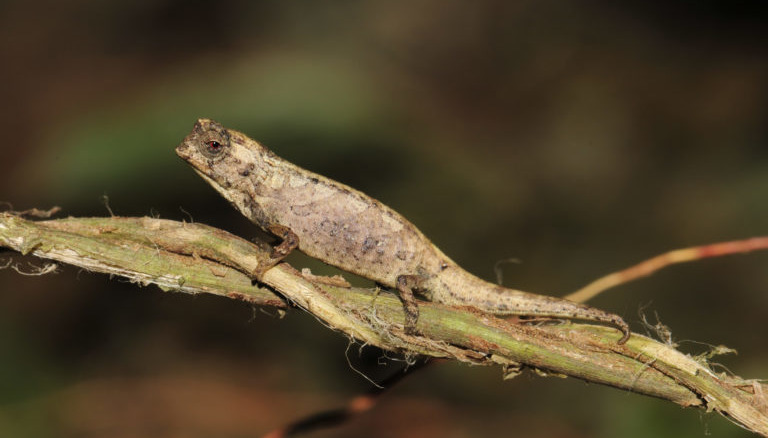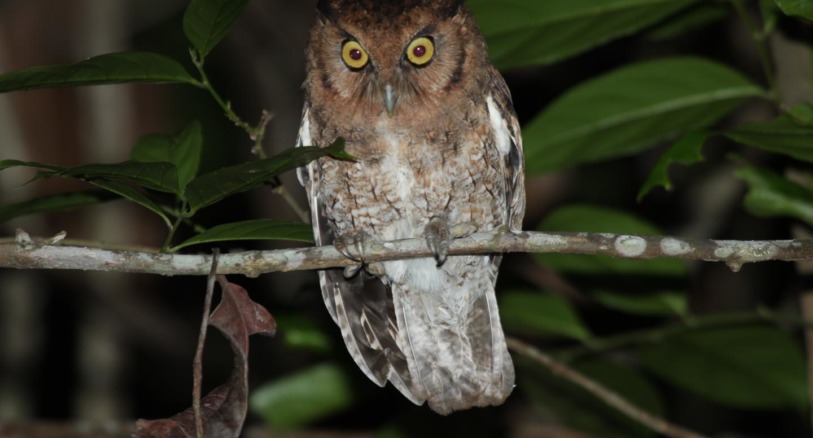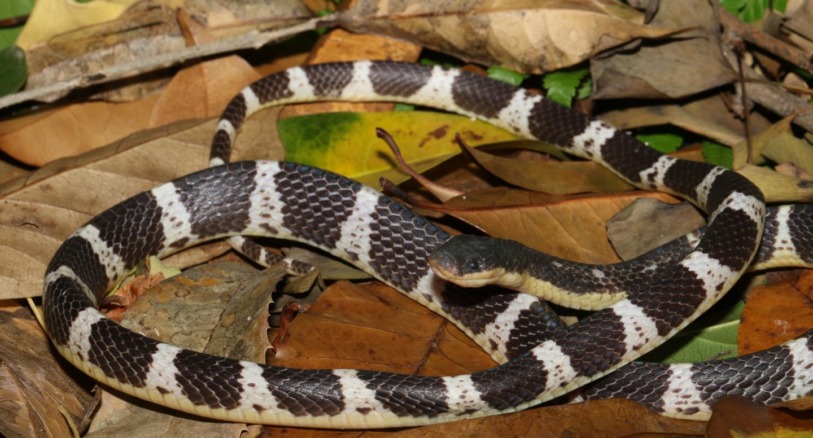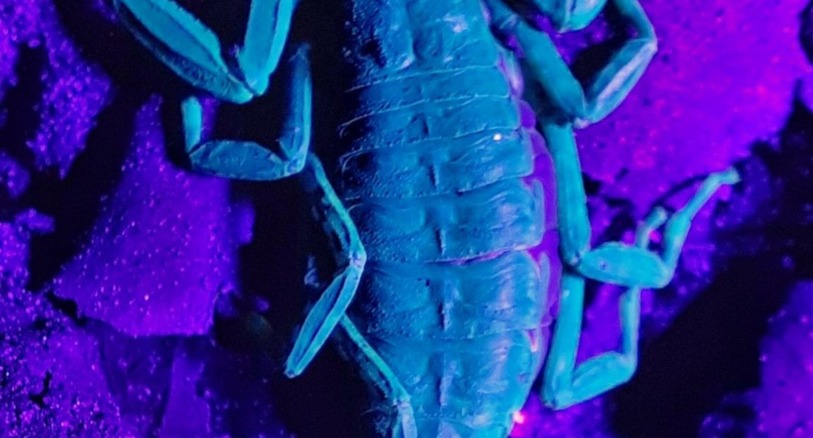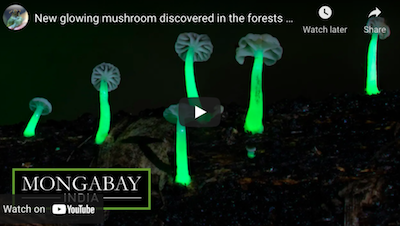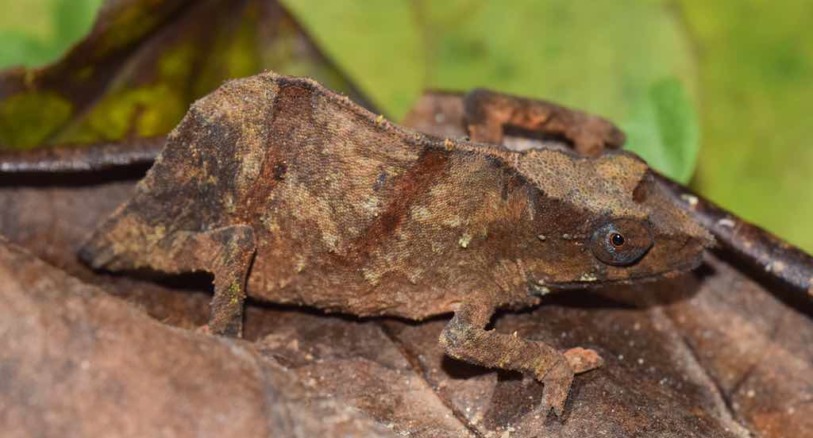Have we discovered every species alive on Earth?
Did you think every animal, plant, fungus and microorganism on Earth has been discovered and given a scientific name? NOPE! Not even close!
Humans are mammals. And you might think that we would have discovered every animal in the group that is most closely related to us. NOPE!
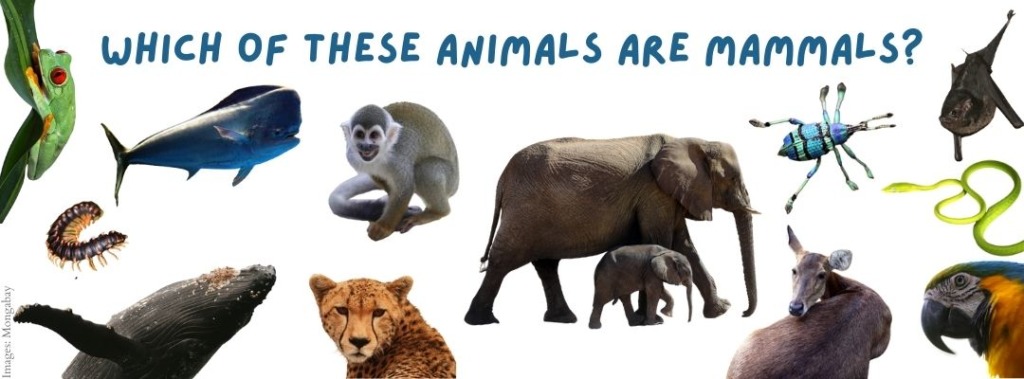
Scientists think we have only found 80% of mammal species. Most of the hidden mammal species are probably small – like bats, rodents, shrews, moles, and hedgehogs.
Big mammal species are still discovered too, like new species of whales. Sometimes what we think is one species turns out to be more. In the 21st century scientists discovered that there are probably several species of giraffes. And scientists agreed that there are three species of living elephants, not just two species as we thought for hundreds of years.
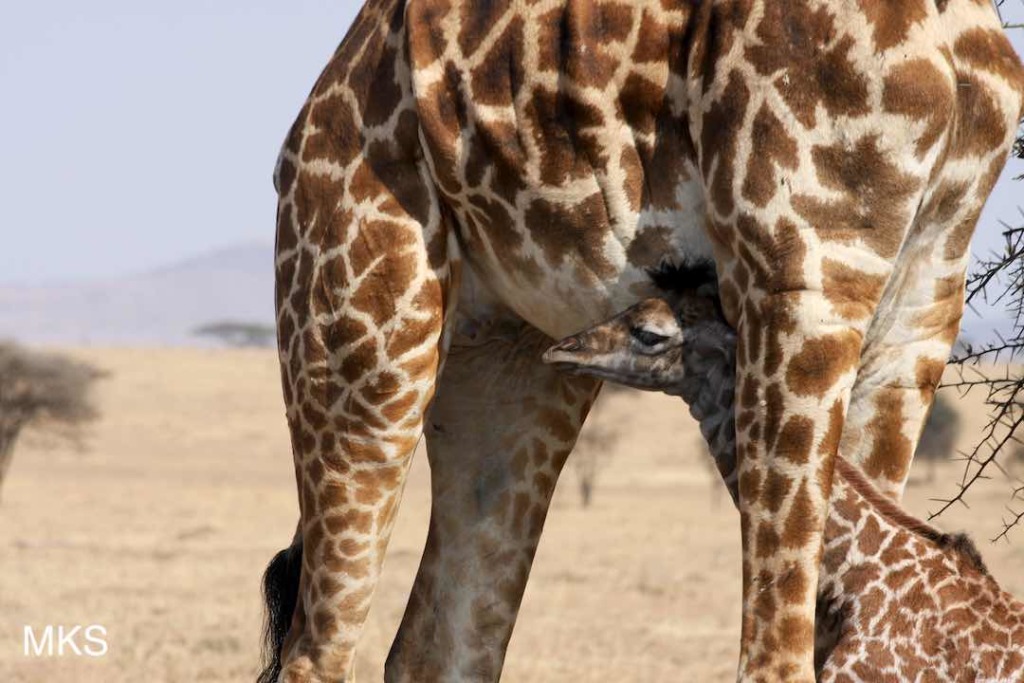
Images: Megan Strauss

It may surprise you to learn that thousands of new species are discovered every year. And scientists estimate that only 10% of all the species on the planet have been described.
What does it mean to ‘discover’ a new species?
Indigenous peoples around the world have discovered – and still discover – many thousands of species. Indigenous peoples have valuable traditional knowledge of these species and their natural history that help us all better understand biodiversity. Science is only now catching up with the “discovery” of species that have been known by some people for a very long time.
When you hear about new species being discovered, it usually means that this species is being described scientifically for the first time. What does this mean?
How do scientists formally describe a new species?
Formally describing a new species is a long process. Scientists do a detailed study of the organism. They measure the size and shape of the organism and compare it to other known species.
In many cases scientists sequence DNA of the newly proposed species to see if it is genetically different from known species that might be related to it.
If the scientists determine that the organism is different enough, they will write a scientific paper proposing it as a new species. And they will propose a scientific name for the organism, like Homo sapiens – the scientific name for humans.
The next step is for more scientists to review the paper about the proposed species. If these reviewers agree with the findings, then the paper will be published. The new species is now formally described!
This process can get a bit confusing! So why do we do it? It is really important for us to describe new species and learn as much as we can about them. The more we learn the better we can understand the biodiversity of Earth and how to care for it. New species can also mean new medicines and new technologies that can help people.
Let’s meet some of the new species that were described in 2022
1. Is this a chocolate frog?
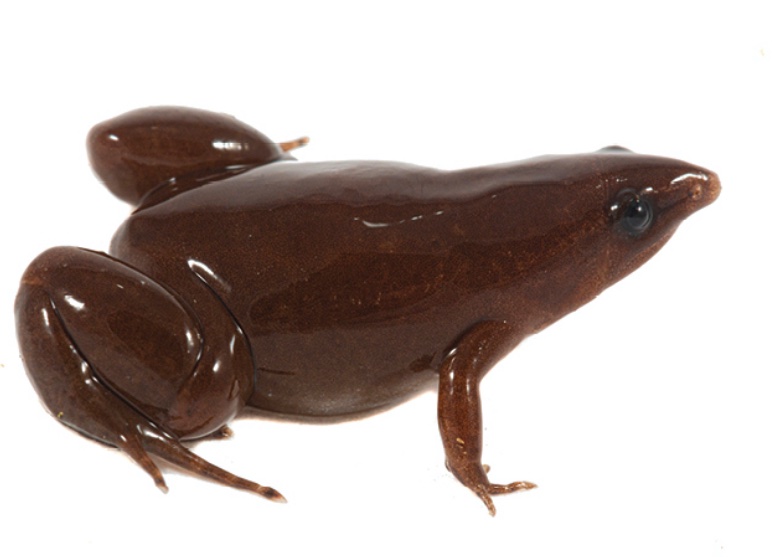
In the Peruvian Amazon, herpetologists followed a unique call to one of the rarest habitats in the forest, the Amazon peatlands. There, researchers dug up a new species of burrowing frog, Synapturanus danta.
The frog has been nicknamed the tapir frog for its distinctive-looking snout. It also looks a lot like a chocolate frog from the Harry Potter stories. The species was known to locals but had yet to be described by science.
2. Gecko Fever!
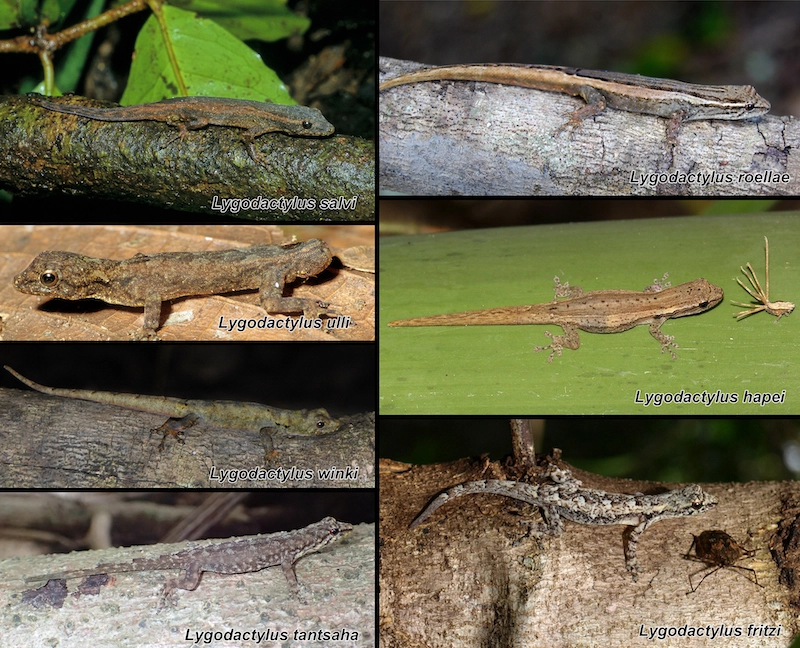
Scientists described eight new-to-science species of geckos from Madagascar, all about the length of your thumb. Scientists have found and named at least 150 new-to-science species from Madagascar in the last 30 years, and are still finding more nearly every year.
More than 90% of species in Madagascar are endemic, meaning they’re found nowhere else on Earth.
3. A new plant with bright pink and white flowers!
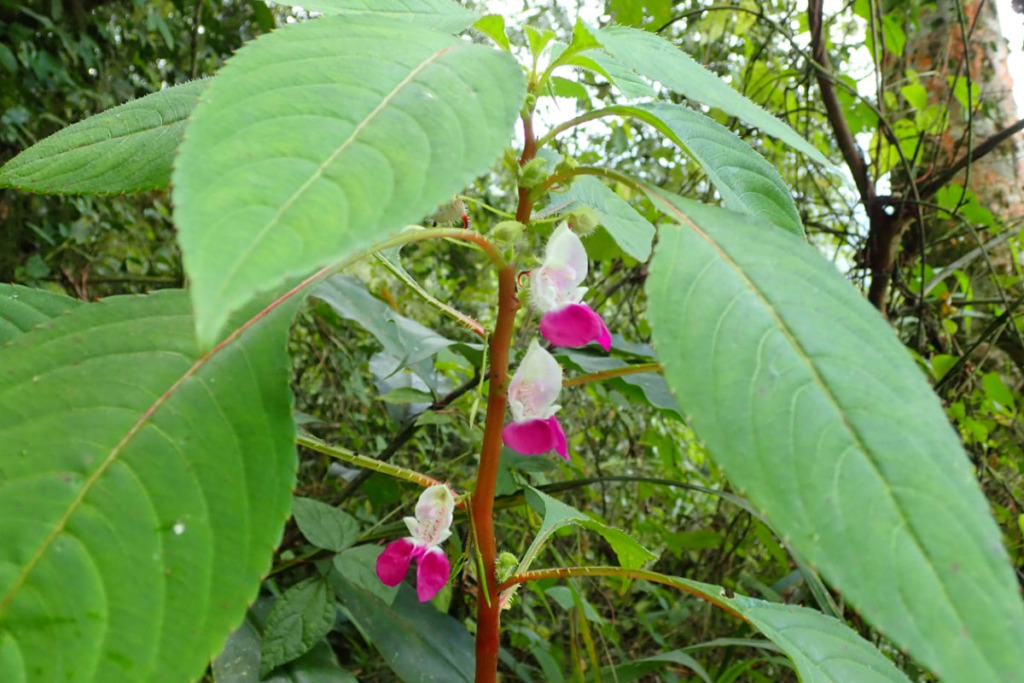
A new flowering plant species, Impatiens banen, has been named after the Indigenous Banen people. The Banen people are the defenders of Cameroon’s Ebo Forest and wildlife reserve.
The flower has bright pink and white flowers and is known only from granite domes inside Ebo Forest. Ebo forest is among the biggest intact rainforests in Cameroon.
4. A small new owl species!
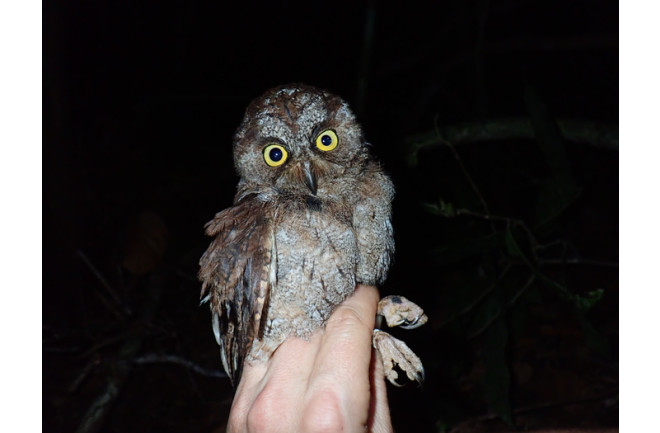
With the help of locals on Príncipe, a small island in Africa’s Gulf of Guinea, scientists found Otus bikegila. This is a new species of scops owl. The owl has only been found in an area of around 16 square kilometers (6 square miles).
The owl makes a distinctive sound that makes it sound like an insect: a short “tuu” note repeated rapidly. This call helped lead the researchers to the bird. About 1,000 to 1,500 of these owls live on the island.
5. The largest waterlily in the world!
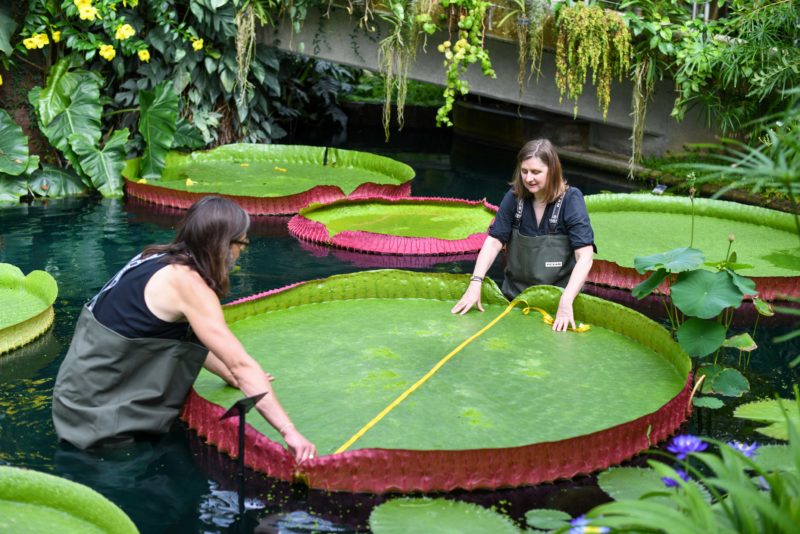
The largest waterlily in the world is the giant Bolivian waterlily, Victoria boliviana. It measures an impressive 3.3 meters (10 feet) across. This water plant is found in the wetlands of the Bolivian Amazon.
A dried specimen of the waterlily was hiding right under the noses of researchers at RBG Kew’s herbarium for more than 170 years before being identified as a new species this year.
6. A new sloth species!
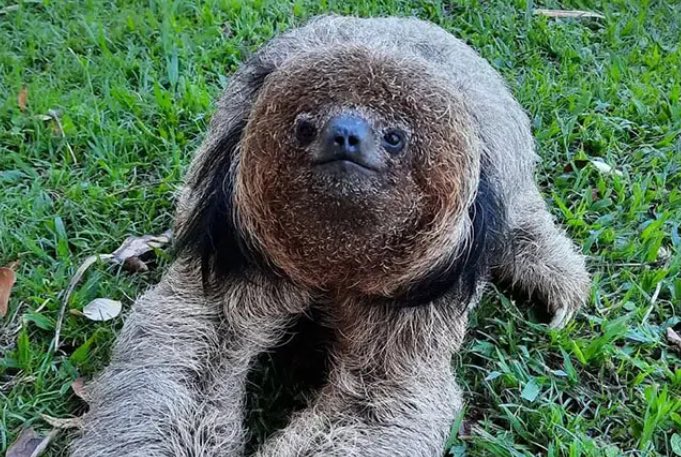
What scientists thought was one species of maned sloth is now classified as two! Scientists came to this decision after reviewing DNA, body shape, and behavioral evidence.
The new species, the southern maned sloth, Bradypus crinitus, has a flatter skull than other maned sloths and a head that looks like a coconut. The name “crinitus” means hairy. Algae, mites, ticks, beetles, and moths usually inhabit sloths’ hair.
The sloth is endemic to Brazil’s Atlantic Forest.
7. The tarantula discovered by a YouTuber!

Did you hear about the new species of tarantula that went on YouTube to get discovered? In Thailand, a well-known wildlife YouTuber called JoCho Sippawat found a new genus of tarantula.
JoCho collaborated with scientists to describe the new species, Taksinus bambus. The tarantula is nicknamed “bambootula.” Its scientific name honors the Thai king Taksin the Great (who lived from 1734-1782).
The tarantula lives inside bamboo stalks. It is the first known species found on only one type of bamboo. It crawls through holes made by other animals and insects or through natural cracks in the bamboo.

